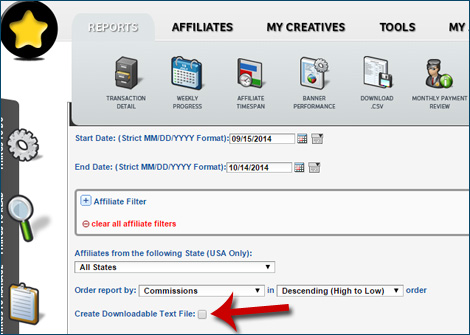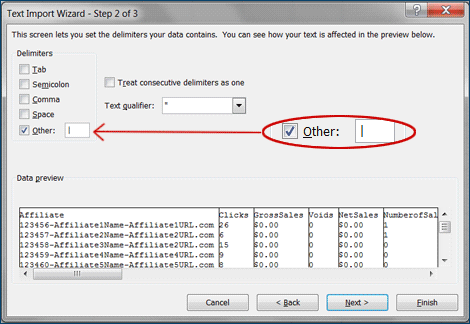A good question came to me from a reader of my “Affiliate Program Management: An Hour a Day” book. He wrote:
Do you have any page in your book or in your blog where you elaborate on the necessary hours and manpower per task e.g. search, recruit affiliates etc.?
Having thought about it, I realized that even though I have talked about this in my conference presentations, I have never looked at things through this angle in anything that I have written to date. Hence, this blog post.
There are different tasks and activities that affiliate managers are involved in on a daily basis. I like to think of them as 5 pillars of affiliate program management: affiliate recruitment, activation, compliance policing, communication, and program optimization. More in this brief video of mine:
With affiliate programs that AM Navigator manages, we spend between 30 and 60 hours a month on a program. I have done my math and here is how the rough spread of the time devoted to each affiliate program looks:
- 40% of time is spent on affiliate recruitment;
- 35% of time – on affiliate activation, education, and support of communication channel (both one-on-one and newsletters);
- 10% of time – on compliance policing and enforcement;
- 10% of time – on competitive intelligence and affiliate program optimization (based on what we learn from the intelligence as well as our own successes);
- 5% of time – on reports.
You may also learn more about the key affiliate program manager responsibilities in/through the following slidedeck (of my presentation at Affiliate Summit East 2014):


